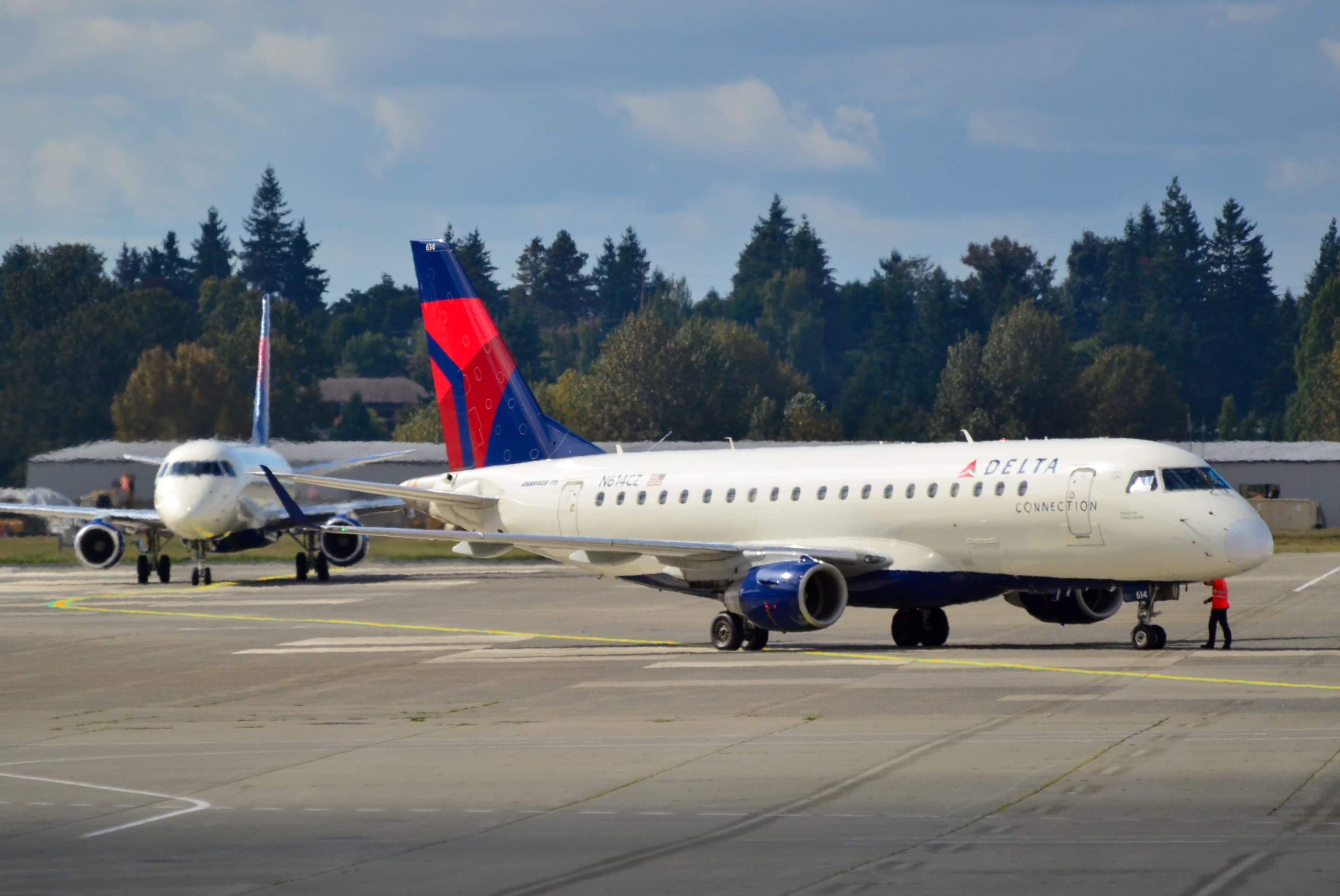
Ever wondered how regional airlines operate differently from major carriers? Regional airlines play a crucial role in connecting smaller cities to larger hubs, making air travel accessible to more people. These airlines often use smaller aircraft, which allows them to serve airports that can't accommodate larger planes. Did you know that regional airlines are responsible for nearly half of all scheduled passenger flights in the United States? They offer unique benefits like more frequent flights and shorter travel times for regional routes. In this post, we'll uncover 18 fascinating facts about regional airlines that highlight their importance and distinct characteristics. Buckle up and get ready to learn more about these vital players in the aviation industry!
Key Takeaways:
- Regional airlines connect smaller cities to larger hubs and play a vital role in the aviation industry. They use smaller aircraft, create jobs, and boost local economies, making travel more accessible and convenient.
- Despite their significance, regional airlines face challenges such as pilot shortages, economic downturns, and competition from low-cost carriers. However, they continue to adapt and innovate to overcome these obstacles and serve their communities.
What are Regional Airlines?
Regional airlines play a crucial role in connecting smaller cities to larger hubs. They often operate shorter routes and use smaller aircraft. Here are some fascinating facts about these vital carriers.
-
Regional airlines often serve as feeders for major airlines. They transport passengers from smaller airports to larger ones, where they can catch international or long-haul flights.
-
They usually operate smaller aircraft. Planes like the Bombardier CRJ and Embraer ERJ are common, seating between 50 to 100 passengers.
-
Regional airlines can access airports that larger planes can't. Their smaller size allows them to land on shorter runways, making remote areas more accessible.
History of Regional Airlines
Understanding the history of regional airlines helps appreciate their evolution and significance. Here are some key historical facts.
-
The first regional airlines emerged in the 1920s. They started as small operations, often flying mail before carrying passengers.
-
Post-World War II saw a boom in regional airlines. Many military pilots transitioned to civilian aviation, boosting the industry.
-
The Airline Deregulation Act of 1978 was a game-changer. It allowed regional airlines to expand their routes and services, fostering competition and growth.
Economic Impact of Regional Airlines
Regional airlines significantly contribute to local economies by providing jobs and boosting tourism. Here are some economic facts.
-
They create numerous job opportunities. From pilots to ground staff, regional airlines employ thousands of people.
-
Regional airlines boost local tourism. By connecting smaller cities to major hubs, they make it easier for tourists to visit less accessible destinations.
-
They support local businesses. Increased connectivity helps local businesses reach broader markets, stimulating economic growth.
Technological Advancements in Regional Airlines
Technology has revolutionized regional airlines, making them more efficient and passenger-friendly. Here are some tech-related facts.
-
Modern regional aircraft are more fuel-efficient. Advances in engine technology have reduced fuel consumption, lowering operational costs.
-
In-flight Wi-Fi is becoming standard. Many regional airlines now offer Wi-Fi, enhancing the passenger experience.
-
Advanced navigation systems improve safety. Modern avionics help pilots navigate challenging weather and terrain, ensuring safer flights.
Environmental Impact of Regional Airlines
While aviation impacts the environment, regional airlines are making strides to reduce their footprint. Here are some environmental facts.
-
Newer aircraft produce fewer emissions. Modern planes are designed to be more eco-friendly, reducing greenhouse gas emissions.
-
Many regional airlines are investing in sustainable aviation fuel. This alternative fuel source can significantly cut carbon emissions.
-
Efforts to reduce noise pollution are ongoing. Quieter engines and better flight paths help minimize noise impact on communities.
Challenges Faced by Regional Airlines
Despite their importance, regional airlines face several challenges. Here are some of the main issues they encounter.
-
Pilot shortages are a significant concern. Training and retaining qualified pilots is an ongoing challenge for many regional airlines.
-
Economic downturns hit regional airlines hard. Smaller carriers often struggle more during economic recessions compared to major airlines.
-
Competition from low-cost carriers is intense. Budget airlines often compete on the same routes, putting pressure on regional airlines to keep fares low.
Final Thoughts on Regional Airlines
Regional airlines play a crucial role in connecting smaller cities to major hubs, making travel more accessible. They often operate shorter routes with smaller aircraft, providing essential services to communities that might otherwise be isolated. These airlines also serve as a training ground for pilots and crew, offering valuable experience before they move on to larger carriers. Despite facing challenges like fluctuating fuel prices and pilot shortages, regional airlines continue to adapt and innovate. Their partnerships with major airlines ensure seamless travel experiences for passengers. Understanding the importance of regional airlines helps appreciate the broader aviation industry. Next time you board a regional flight, remember the vital role these airlines play in keeping the world connected. Whether for business or leisure, regional airlines make travel possible for millions each year.
Frequently Asked Questions
Was this page helpful?
Our commitment to delivering trustworthy and engaging content is at the heart of what we do. Each fact on our site is contributed by real users like you, bringing a wealth of diverse insights and information. To ensure the highest standards of accuracy and reliability, our dedicated editors meticulously review each submission. This process guarantees that the facts we share are not only fascinating but also credible. Trust in our commitment to quality and authenticity as you explore and learn with us.


